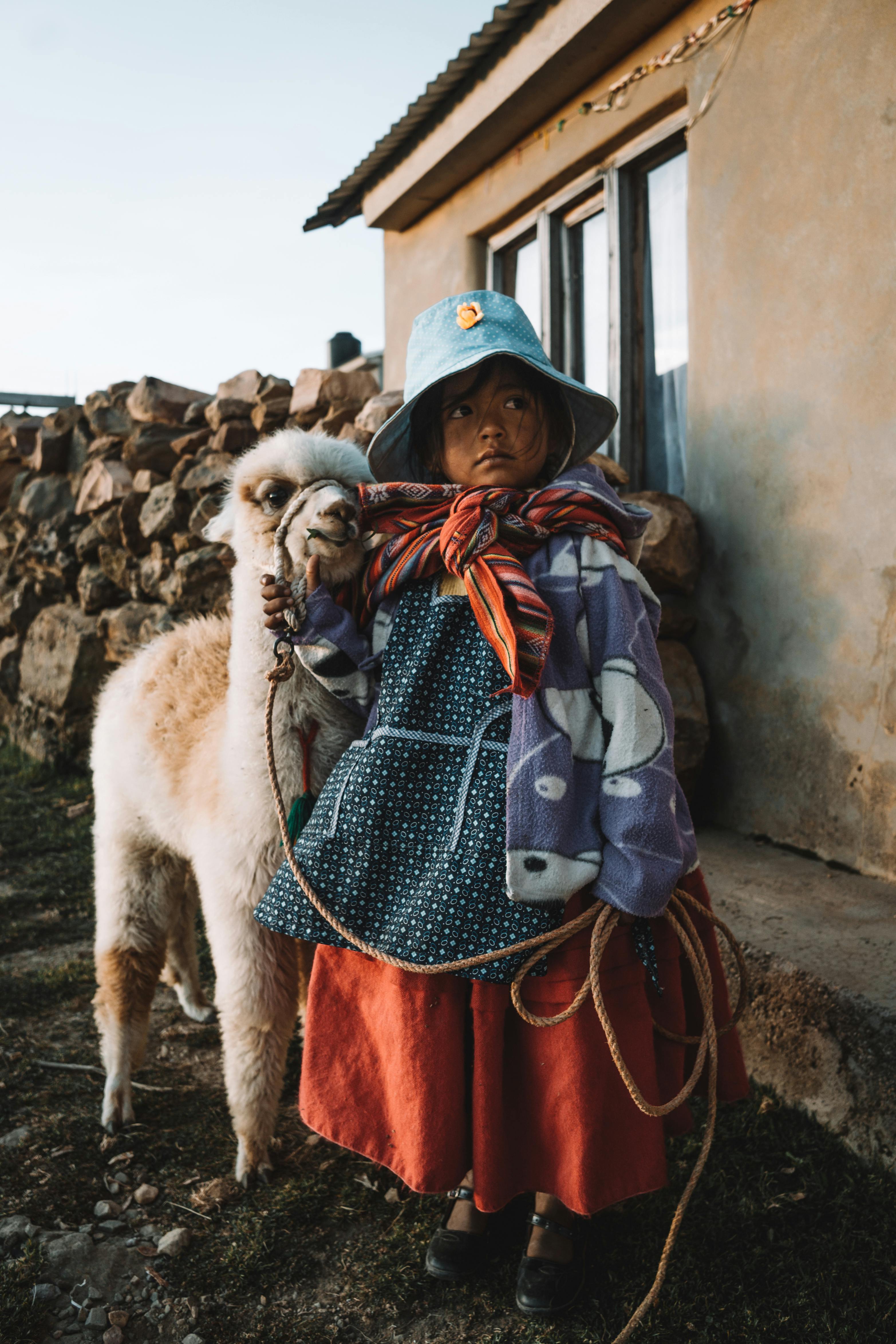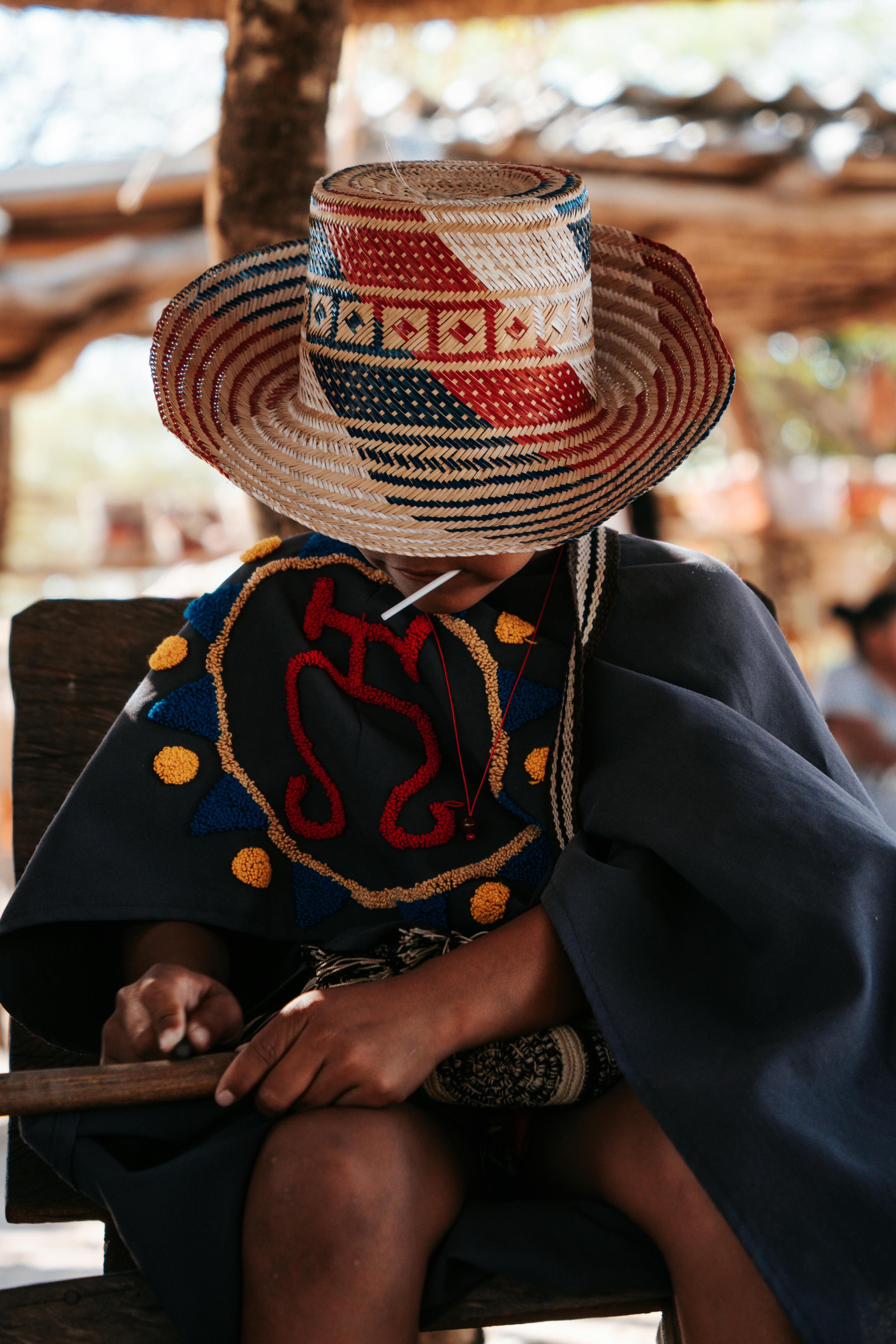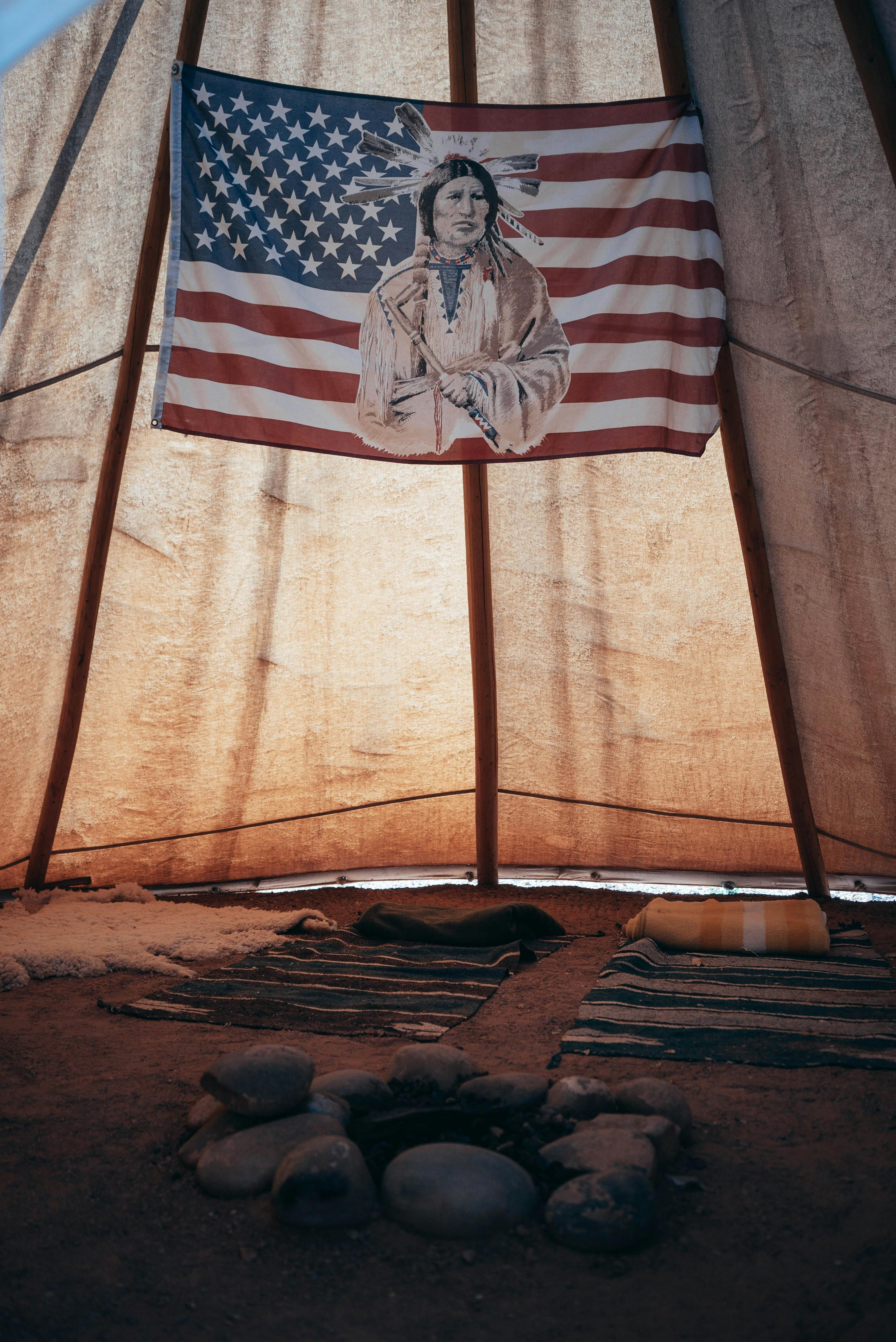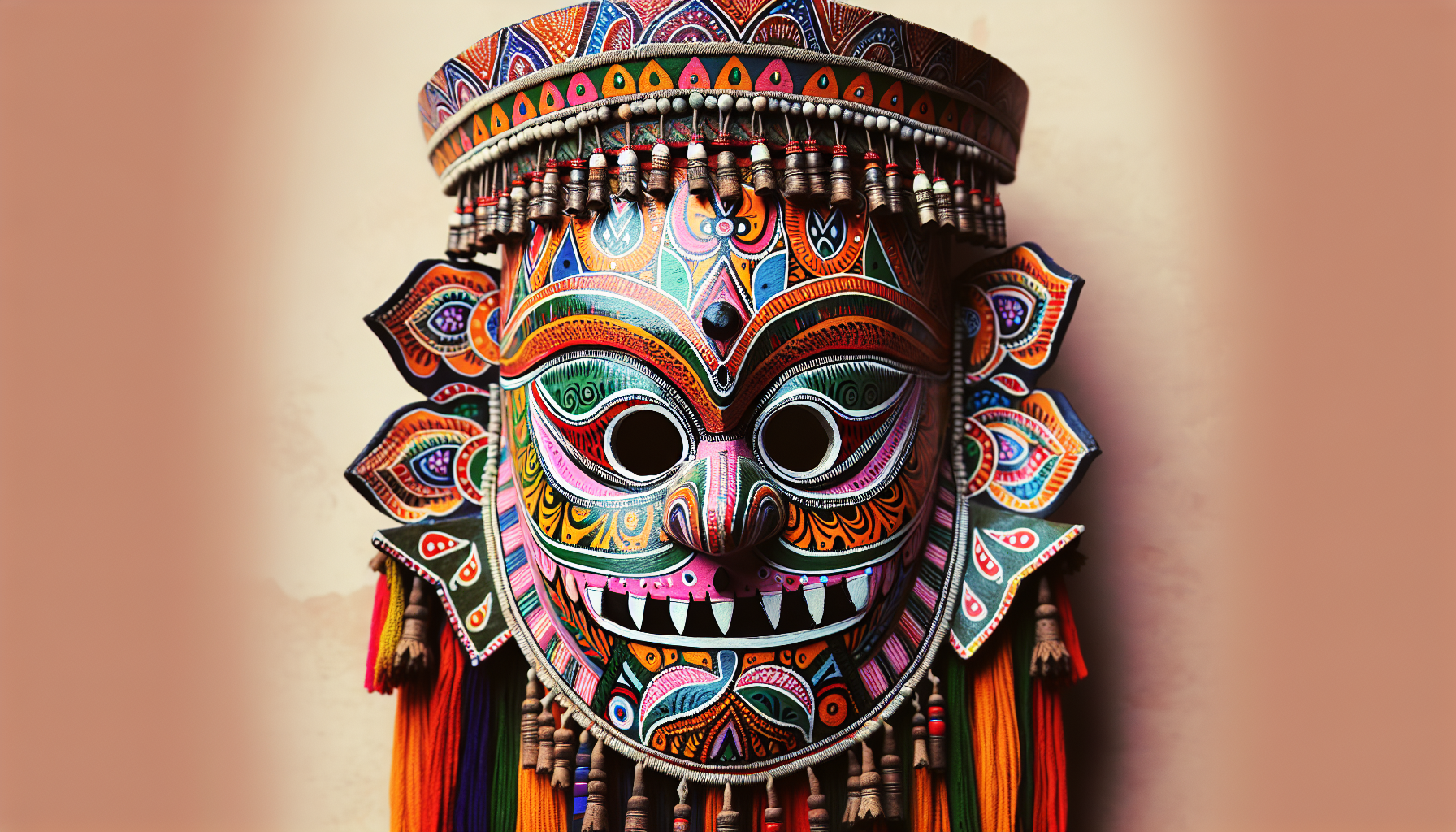India is a land of diverse cultures, languages, and traditions. Among the many captivating aspects of Indian culture, the folklore and mythology of its indigenous communities hold a special place. These stories and legends have been passed down through generations, weaving intricate tales of gods, goddesses, heroes, and mythical creatures. From the hills of the northeast to the tribal villages of central India, the folklore and mythology of India’s indigenous communities offer a fascinating glimpse into the belief systems and oral traditions that have shaped the cultural fabric of the country. Join us as we embark on a journey to discover the captivating world of India’s indigenous folklore and mythology.
The Folklore and Mythology of India’s Indigenous Communities

Introduction to Indian folklore and mythology
India is a land of diverse cultures and traditions, with an immense richness in folklore and mythology. These age-old narratives and oral traditions are an integral part of the country’s indigenous communities. Passed down through generations, they hold within them the collective wisdom, beliefs, and values of these communities. Indian folklore and mythology provide a glimpse into the cultural tapestry that has shaped the lives of these indigenous people for centuries.
Importance of folklore in indigenous communities
Folklore plays a crucial role in indigenous communities, serving as a bridge between the past and the present. It provides a means of transmitting cultural knowledge, traditions, and stories from one generation to the next. Through folklore, indigenous communities celebrate their heritage, preserve their unique identities, and maintain a strong sense of unity and belonging. It serves not only as a source of entertainment but also as a guiding light, educating individuals about their history, values, and social norms.
Overview of indigenous communities in India
India is home to a myriad of indigenous communities, each with its own distinct culture, language, and folklore. These communities, often marginalized and living on the fringes of society, have managed to preserve their rich cultural heritage despite the challenges they face. From the Adivasis of central India to the tribes of the northeastern states, India’s indigenous communities form the bedrock of its cultural diversity.
Significance of oral traditions in preserving folklore
Oral traditions are the mainstay of indigenous folklore in India. These communities have a long history of passing down stories, songs, and traditions through word of mouth, ensuring that their cultural heritage is not lost. The oral transmission of folklore allows for a fluid, ever-evolving narrative that adapts to the changing needs and contexts of the community. It also fosters a strong sense of community and connection, as the act of storytelling often takes place in communal spaces, bringing people together.

Mythology and religious beliefs of indigenous communities
The indigenous communities of India have a rich and diverse mythology that is deeply intertwined with their religious beliefs. These mythologies often revolve around a pantheon of gods and goddesses who are revered and worshipped by the community. Each god and goddess represents different aspects of nature, fertility, and protection, serving as powerful symbols of their faith. The myths associated with these deities provide insights into the community’s worldview, moral values, and spiritual practices.
Indigenous creation myths and origin stories
Creation myths and origin stories hold a special place in indigenous folklore. They explain the beginnings of the universe, the earth, and the human race, offering a glimpse into the community’s cosmology. These stories often incorporate elements of nature, such as mountains, rivers, and animals, and provide an explanation for the community’s existence and its relationship with the natural world. By narrating these creation myths, indigenous communities reinforce their connection to the land and their role as caretakers of the environment.
Role of gods and goddesses in indigenous folklore
The gods and goddesses of indigenous folklore are not mere figures of worship but active participants in the community’s narratives. They are often portrayed as benevolent beings who protect and guide the community through various trials and tribulations. These deities personify the values and virtues cherished by the community and serve as role models for its members. Stories depicting their exploits are not only an expression of faith but also a source of inspiration, instilling courage, wisdom, and moral lessons.
Legendary heroes and heroines in indigenous myths
In addition to gods and goddesses, indigenous folklore is replete with stories of legendary heroes and heroines. These larger-than-life figures exemplify bravery, resilience, and other qualities valued by the community. The tales of their heroic deeds inspire and empower individuals, teaching them the importance of courage, perseverance, and justice. Whether it is the valiant Rani Padmini of Mewar or the legendary Birsa Munda, these figures represent the indomitable spirit of the indigenous communities.

Magical creatures and supernatural beings in indigenous folklore
The folklore of India’s indigenous communities is populated by an assortment of magical creatures and supernatural beings. From shape-shifting spirits to mischievous fairies, these fantastical creatures add an element of enchantment to the narratives. Through their stories, indigenous communities impart lessons about respecting nature, the consequences of greed, and the importance of living in harmony with the unseen world. These mythical creatures serve as a reminder of the interconnectedness between humans and the spiritual realm.
Cultural rituals and traditions in indigenous communities
Cultural rituals and traditions form an integral part of the folklore of India’s indigenous communities. These rituals are deeply rooted in their myths and legends, providing a tangible way for the community to connect with its cultural heritage. Whether it is the performance of traditional dances during festivals or the observance of ancestral rites, these rituals serve as a living testament to the community’s values and beliefs. They create a sense of continuity and shared identity, uniting the community and reinforcing its cultural fabric.
Folklore as a tool for cultural preservation
For indigenous communities, folklore serves as a powerful tool for cultural preservation. It acts as a repository of their collective memory, safeguarding their unique traditions, languages, and beliefs from the encroachment of modernization and globalization. Folklore helps these communities resist assimilation and maintain their distinct identities in the face of external pressures. By preserving and transmitting their folklore, indigenous communities ensure that future generations will continue to cherish and embrace their cultural heritage.
Challenges facing the preservation of indigenous folklore
The preservation of indigenous folklore faces numerous challenges in contemporary India. Rapid urbanization, cultural homogenization, and the erosion of traditional knowledge pose significant threats to the survival of these narratives. The younger generation is increasingly disconnected from their cultural roots, often preferring modern forms of entertainment. Additionally, the lack of recognition and support from mainstream society further marginalizes indigenous communities, making it difficult for them to sustain their folklore traditions.
The impact of modernization and globalization on indigenous folklore
With the advent of modernization and the forces of globalization, indigenous folklore faces the risk of being overshadowed or diluted. The influence of mass media, technology, and popular culture has created a shift in preferences, pushing traditional forms of storytelling to the periphery. Moreover, the encroachment of outside influences and the marginalization of indigenous voices can lead to the loss of unique stories, myths, and cultural nuances, thereby undermining the diversity and richness of indigenous folklore.
Efforts to document and revive indigenous folklore
Recognizing the importance of preserving indigenous folklore, there have been concerted efforts to document and revive these narratives. Scholars, ethnographers, and cultural organizations have worked tirelessly to record oral traditions, document myths and legends, and compile comprehensive archives. These efforts not only aid in the academic study of folklore but also serve as a resource for future generations to learn about and explore their cultural heritage. Indigenous communities themselves have taken up the mantle of preserving their folklore, actively engaging in storytelling initiatives and reviving traditional art forms.
Promoting awareness and appreciation of indigenous folklore
Creating awareness and appreciation for indigenous folklore is crucial in preserving and promoting these living traditions. Initiatives such as storytelling festivals, cultural exhibitions, and community-led workshops have been instrumental in showcasing the beauty and significance of indigenous folklore. These platforms provide an opportunity for indigenous communities to share their stories with a wider audience and foster intercultural dialogue. By understanding and valuing indigenous folklore, society at large can contribute to its preservation, ensuring that these vibrant narratives continue to flourish for generations to come.
Conclusion
The folklore and mythology of India’s indigenous communities are a testament to the richness and diversity of the country’s cultural heritage. Through their stories, songs, and rituals, these communities transmit their knowledge and values, preserving their identities in the face of adversity. The challenges of modernization and globalization highlight the urgent need to protect and promote indigenous folklore. By recognizing the significance of these narratives and actively engaging with them, we can contribute to the preservation of these invaluable cultural treasures and ensure that the voices of India’s indigenous communities continue to resonate for generations to come.
